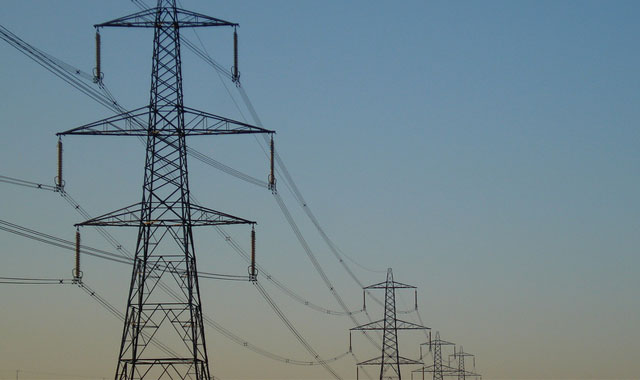
Eskom warned that load shedding may worsen this winter as the power utility battles with electricity outages caused by problems with its ageing infrastructure.
Speaking at a joint meeting of parliament’s portfolio committees on energy and public enterprises, acting CEO Collin Matjila said the increased possibility of load shedding “remains a risk we are going to have to live with”.
Current electricity reserve levels are at 6%, which will continue to lead to “forced demand reduction”, said Matjila.
Matjila said Eskom is putting revised load shedding schedules in place in a bid to provide customers with a level of predictability and allow them to prepare in advance — even if it is only by a day.
The performance of Eskom’s existing ageing power stations has been a major challenge for the utility in its battle to keep the lights on. Only three of its 13 coal-fired power stations are younger than the 30-year design life expected of these plants — ranging from the youngest, Matjuba, at 17 years old to the oldest, Komati, which came online 52 years ago. As a result, the energy availability factor (EAF) is at 75%, well below Eskom’s targeted 80%.
The EAF measures power plant availability in addition to energy losses that are not under the control of plant management, which have led to increases in unplanned failures, mechanical maintenance failures, the longer duration of outages, the need for additional specialised engineering and rising costs.
Since November last year, Eskom has experienced six emergency incidents — three in June alone — which have caused various levels of load shedding.
Members of parliament were less than impressed with Eskom’s explanations for the difficulties it was experiencing with its plants.
The Democratic Alliance’s spokesman for energy, Lance Greyling, argued that the scale of unplanned outages has increased, with the outages often occurring after routine maintenance on a power station. This has led to increased reliance by Eskom on its expensive diesel-fuelled open-cycle gas turbines, Greyling noted. Eskom has spent more than R10bn to run these diesel plants, substantially increasing its costs.
Matjila conceded that unplanned outages had at one stage run at about 17% but said that Eskom was working to address this.
Matjila told the committees that Eskom is in the process of rebuilding internal capacity, which it has lost. It has also identified deficiencies in its maintenance planning as well as the performance of contractors employed to do the maintenance on Eskom’s behalf.
He said that the power utility has advised contractors that it will increase penalties for the late return of units that have been out for maintenance. It will also review contracts, and expects performance to improve — on pain of contract termination. “Most contractors will begin to change their behaviour if they feel the pain in their pockets,” he said.
The utility has a five-year recovery plan to meet its generation targets. But in the year ahead it will still need 7,4GW of additional capacity to satisfy all maintenance requirements.
In addition to addressing the performance of its generation plants, Eskom has been working on a long-term sustainability plan to address its financial woes. The plan will be submitted to an interministerial task team comprising the departments of energy, public enterprises and the national treasury.
Public enterprises minister Lynne Brown told MPs that the task team has received a draft report, and the final proposal is expected before the end of September, after which it will go to the cabinet.
She also said a permanent CEO would be appointed to run Eskom by the middle of August. — (c) 2014 Mail & Guardian
- Visit the Mail & Guardian Online, the smart news source




